Editorial: The Truth About Press Cars
One of the dirty little secrets of automotive journalism is that media scribes get perfect cars to drive. You might not think that from the lousy reviews some cars get, but if journalists took their chances with true production cars, the reviews would be a lot worse.
Needless to say, automakers want to show off their cars to best advantage. But somewhere along the way, the definition of “best advantage” got more than a little stretched. It’s one thing to make sure the press cars are clean and the tires aired up. But vehicle preparation has become a virtual rebuilding of press cars to make them absolutely perfect in every detail, and, in many cases, better than perfect.
In the Detroit area, there are a number of prototype shops that “build” press cars. These shops normally build complete prototype vehicles for shows and for engineering evaluation. So fixing a few flaws in a production car is nothing special. Special paint jobs, closer panel alignment, and reduced door gaps are standard operating procedure.
One car maker, annoyed by press reports of wind noise, had a shop develop a special fixture to replace the window glass. Then the car could be pressurized, and air leaks easily spotted. A rework of the body flanges, door seals and related parts fixed the leaks. No more reports of wind noise on those models! Of course, the average buyers, without the benefit of this careful massaging, took their chances.
The same company introduced a slightly revised version of their full size van a few years back. The press releases bragged about the dramatically improved build quality, and the media agreed. But none of the reporters had seen the press’ vans at the shop, where not only were they completely repainted, every visible spot weld was filled and sanded, creating a flawless surface everywhere you looked. The cargo version of the van, with no interior trim, had lots of visible spot welds. A lot of man-hours went into that bondo job but the van sure looked nice when it was done.
Another company introduced a new sedan to challenge the BMW 3 series for sporty credentials. That meant that every press car had to handle and steer very well. Unfortunately, the first fifty cars off the line were so poorly made that proper wheel alignment couldn’t be achieved, steering gears were sticky, and the tire supplier sent tires that were out of round and out of spec in other areas. The prototype shop went on red alert. The factory sent over another fifty cars, and truckloads of components.
Subframes were swapped, steering gears were disassembled and blueprinted, and the wheel alignment guys worked around the clock. Eventually the shop was reduced to welding up and redrilling mounting holes to make sure that suspension geometry was correct. This was in addition to the usual repainting, refitting and other preparations. Somehow the shop got all fifty press cars together in time, and the car got great reviews. Unfortunately for the paying customers, it took a few years for the production versions to get as good as the press cars.
Why does this situation continue?
The press needs the cars, and the companies need the press. If the press blew the whistle (assuming they even cared enough to find out about the extent of the pampering their cars get), they wouldn’t get cars to write about, putting them out of business. If the companies don’t provide perfect cars, they get savaged in the press. It’s a classic case of MAD (Mutually Assured Destruction), just like the days when the US and the USSR faced off with nuclear weapons. Neither group wants to change the rules.
The only way to get the right stuff about cars (other than reading thetruthaboutcars.com) is to listen to writers who get their cars from dealers, like everyone else.
At present, the only magazine that buys its own cars is Consumer Reports. Despite the puritanical editorial stance about fun and cars, they often have surprising insights about quality, performance, and dealer service. CR gets cars with wind noise, flawed paint, water leaks and other problems that somehow escape the notice of the buff books.
One way this could change is for the buff books to buy their own cars. But the economics of the publishing business make this prohibitive. So, since the car makers need the press, perhaps they should set up a trust fund equal to what they spend on press cars and preparation. Buff books can requisition enough money to buy a showroom example, test it, sell it when they’re done and rebate the proceeds back to the trust fund. This would also give the manufacturer invaluable insight into resale values.
Which car maker will be first to step up and make a bold commitment to objective reporting?
More by Bob Elton
Latest Car Reviews
Read moreLatest Product Reviews
Read moreRecent Comments
- Calrson Fan Jeff - Agree with what you said. I think currently an EV pick-up could work in a commercial/fleet application. As someone on this site stated, w/current tech. battery vehicles just do not scale well. EBFlex - No one wanted to hate the Cyber Truck more than me but I can't ignore all the new technology and innovative thinking that went into it. There is a lot I like about it. GM, Ford & Ram should incorporate some it's design cues into their ICE trucks.
- Michael S6 Very confusing if the move is permanent or temporary.
- Jrhurren Worked in Detroit 18 years, live 20 minutes away. Ren Cen is a gem, but a very terrible design inside. I’m surprised GM stuck it out as long as they did there.
- Carson D I thought that this was going to be a comparison of BFGoodrich's different truck tires.
- Tassos Jong-iL North Korea is saving pokemon cards and amibos to buy GM in 10 years, we hope.
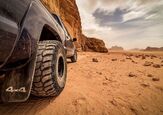
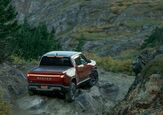
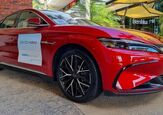
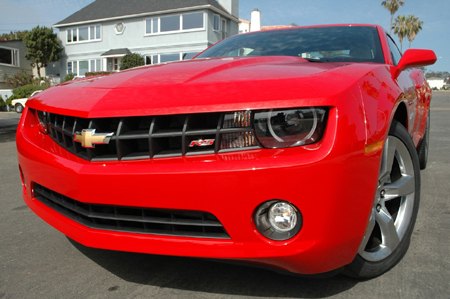












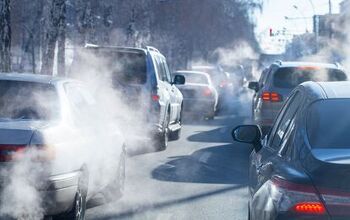

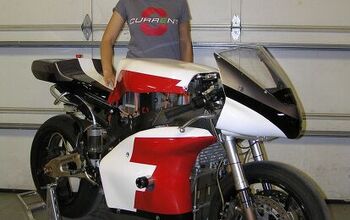
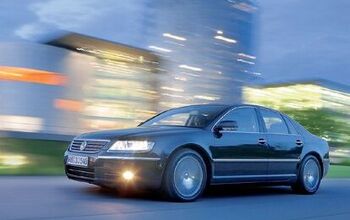

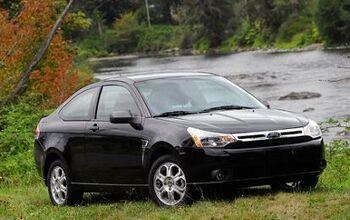
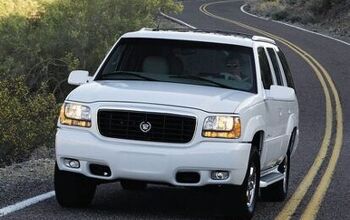





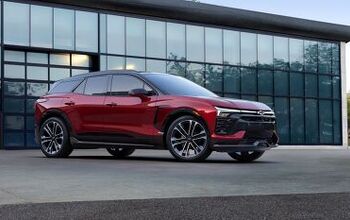
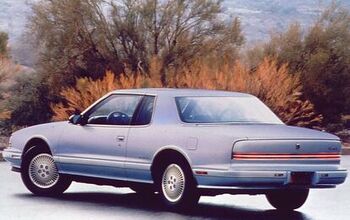
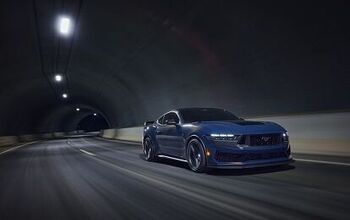

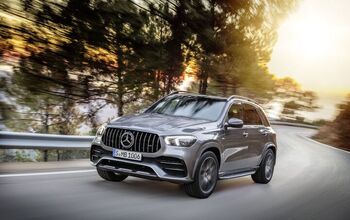

Comments
Join the conversation
IvorWilde clearly worked for the same company I did, although I worked for the Australian subsidiary. We prepped cars in the exact same manner. Firstly we gave the 2000km at the proving ground. Then using the full facility of the proving ground we would then go to enourmous lengths to identify and eliminate any squeak, rattle, blemish mis-match or mechanical problem etc we could find. Typically this might involve removing seats, interior trim even engines and fuel tanks if need-be. Some of the fixes were quite shocking such as stuffing cavities with foam, blocking air leaks with silastic - my favorite was a fix that involved wacking an internal weld flange in the roof flat with a cold chisel to stop a creek. But here's a good one for you to check on press cars - door seals that look wet and shiny will usually indicate silicon wipes have been used to eliminate door creaks and improve door closing efforts.
I used to write as a journalist and one of the pre-production cars I drove was the Audi R8. The interior had some wear and tear (the driver's seat was wearing already) and the carbon fibre pieces in the engine bay were wearing/rubbing against each other. I now work for a Japanese manufacturer and I know that our press cars aren't massaged at all. We do have a PDI done and an alignment done (within spec) and then put about 1000km on them to expose any potential problems. That's it.